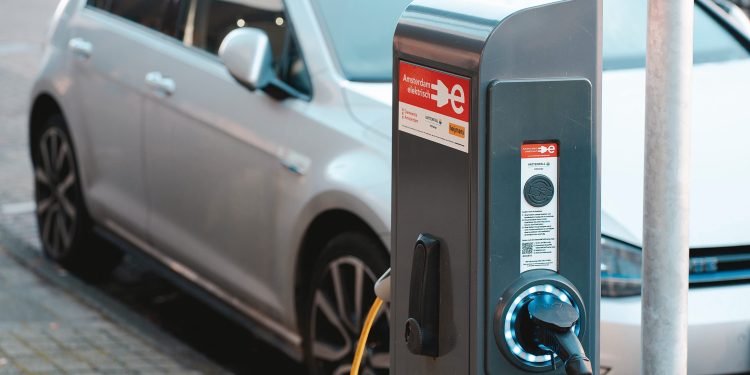EV Torque – Install those chargers and they will come
Words: Mark Gilbert | Photo: Ernest Ojeh via Unsplash
Over the last year I’ve been focused on the new EV models coming to market, and the billions being committed by manufacturers into their electrification programs. However, the rollout of the charging network has been somewhat overlooked.
Charging infrastructure and the uptake of EVs must go hand in glove. In New Zealand progress so far has been on two fronts, public infrastructure and the investment by citizens in regard to home charging.
Most Kiwi homes (circa 80 per cent) are capable of charging an EV. This can be achieved via the mains (although it’s pretty slow) while homeowners can also install a 7.5kW charger or, if they have three-phase power, an 11kW charger.
While at-home charging is critical, public charging cannot be overlooked. It is this infrastructure that gives people confidence in an electrified transport system, and is necessary for long distance travel and commercial vehicles. So far, much of the rollout has been co-funded by the government through EECA. This has seen rapid chargers installed around the country at destination points and these are now available every 75km along most state highways. These range in output from 50kW while some new hyperchargers are capable of up to 300kW.
However, with the growth in EV numbers here (just over 37,000 cars at the end of 2021), the performance on the network of public chargers is under more scrutiny. I hear more stories regarding the number of available charge points in towns and cities (or lack thereof), and the resulting queues of cars. From time to time, people arrive at the charge points and find them out of order.
Leading EV markets have far more favourable ratios of vehicles to public chargers; South Korea (3:1), the Netherlands (5:1), China (9:1), France (10:1), Belgium and Japan (both 13:1). While markets have different strategies for charging, depending on the extent of an at-home service, the fact is New Zealand’s ratio is nowhere near that. The reality is that we need to ramp up our public charging infrastructure and it needs to be done quickly and must be accessible.
Globally, car makers are rolling out charging networks, whether individually, like Rivian and Tesla with their exclusive networks, or in a collaboration like Ionity which comprises BMW, Ford, VW, Daimler and Hyundai in the US and Europe. However, New Zealand is unlikely to see this type of investment due to our market size. There are also brands like NIO which are building battery swap stations in China.
A more realistic solution for NZ is for the major fuel companies to transition from petrol to electricity. In the UK and Europe, energy companies like Shell and BP are actively securing real estate and rolling out charging stations. It is my understanding that there is interest from BP and Z Energy locally in emulating this here. It would be welcome but they need to crack into it.
With courier fleets transitioning to electric, not everyone being able to charge at home, and few commercial building owners upgrading their parking to cater for EVs, the status quo needs a shock. The EECA funds have provided a charging backbone for New Zealand which is a necessary start but the infrastructure needs to grow. People are quite happy to pay for the charge (as it’s much cheaper than petrol!), so there is a business case to be made. But this has to happen soon, before charging availability becomes a barrier to electric vehicle uptake.





